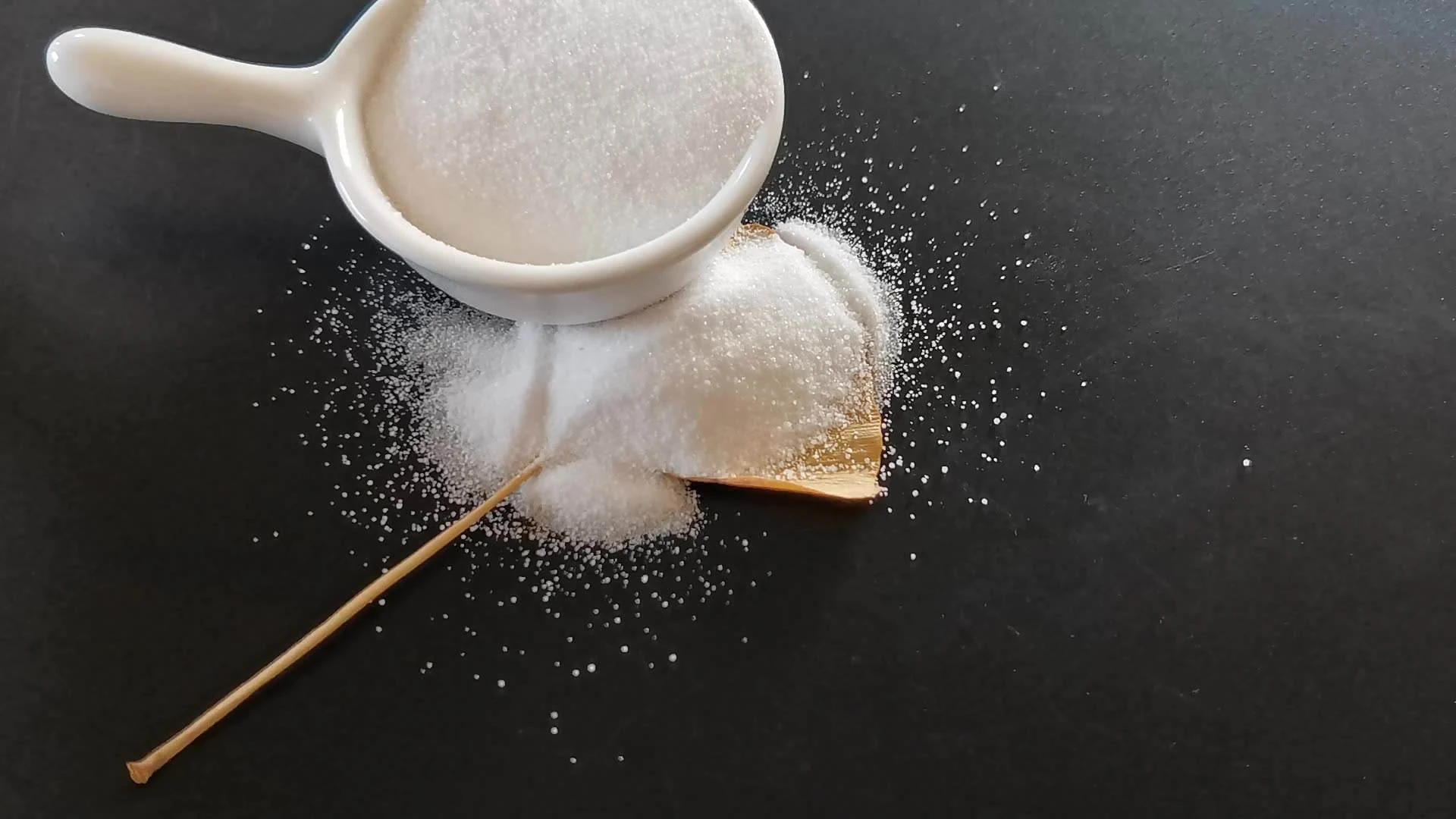



sodium chlorite and sodium hypochlorite
Sodium Chlorite and Sodium Hypochlorite A Comparative Overview
Sodium chlorite (NaClO₂) and sodium hypochlorite (NaClO) are two widely used chemical compounds that play significant roles in various applications, particularly in disinfection and water treatment. Although they share some similarities, their compositions, mechanisms of action, and applications differ substantially.
Chemical Composition and Properties
Sodium chlorite is an inorganic compound that occurs as a white to yellowish crystalline powder or as a solution. It is primarily used as a bleaching agent and a disinfectant. On the other hand, sodium hypochlorite is a pale yellow liquid, commonly recognized as bleach. Its strong oxidizing properties make it effective in killing bacteria, viruses, and fungi.
The key difference between the two lies in their chemical structure. Sodium chlorite contains chlorine in a +3 oxidation state, while sodium hypochlorite contains chlorine in a +1 oxidation state. This distinction is crucial because it influences their reactivity and the byproducts generated during their use.
Mechanisms of Action
Both sodium chlorite and sodium hypochlorite act as oxidizing agents, but their mechanisms of action differ. Sodium hypochlorite works primarily by releasing hypochlorous acid (HOCl) when dissolved in water. HOCl can penetrate microbial cell walls, leading to cellular damage and death. As a powerful disinfectant, sodium hypochlorite is often utilized in household cleaners, swimming pools, and healthcare settings to eliminate pathogens.
Sodium chlorite, while also effective as a disinfectant, reacts differently. It can release chlorine dioxide (ClO₂) when activated, particularly in acidic conditions. Chlorine dioxide is a potent antimicrobial agent that acts by disrupting cellular processes in microorganisms, making it effective for disinfection in various settings, including municipal water treatment facilities.
sodium chlorite and sodium hypochlorite

Applications
Sodium hypochlorite is widely used in household cleaning products, disinfection of surfaces, and sanitation of drinking water. Its rapid action and effectiveness against a broad spectrum of pathogens have made it a staple in industries ranging from food processing to healthcare.
Sodium chlorite, however, is primarily used in specific applications like water treatment and bleaching. When employed in wastewater treatment, it effectively reduces odor and controls biofilm formation. It is also used in the textile industry for bleaching fabrics and in the paper industry for whitening pulp.
Safety and Environmental Considerations
Both sodium chlorite and sodium hypochlorite pose safety concerns if not handled properly. Sodium hypochlorite can release toxic chlorine gas if mixed with acids or other incompatible substances, leading to respiratory problems and irritation. As for sodium chlorite, while its toxicity is generally lower, it can still pose risks if ingested or handled improperly.
Environmental impact is also an essential factor to consider. Sodium hypochlorite can generate harmful byproducts, such as trihalomethanes, when used in water treatment. In contrast, sodium chlorite is often viewed as a more environmentally friendly option due to its breakdown products being less harmful.
Conclusion
In summary, sodium chlorite and sodium hypochlorite are two distinctive compounds that serve crucial roles in disinfection and water treatment. While they share similarities, their chemical properties, mechanisms of action, and applications reveal important differences. Choosing between these two compounds depends on the specific requirements of the task at hand, as both offer unique advantages and some drawbacks. Understanding these differences is essential for industries that rely on effective disinfection strategies and safe chemical handling practices.
-
Why Sodium Persulfate Is Everywhere NowNewsJul.07,2025
-
Why Polyacrylamide Is in High DemandNewsJul.07,2025
-
Understanding Paint Chemicals and Their ApplicationsNewsJul.07,2025
-
Smart Use Of Mining ChemicalsNewsJul.07,2025
-
Practical Uses of Potassium MonopersulfateNewsJul.07,2025
-
Agrochemicals In Real FarmingNewsJul.07,2025
-
Sodium Chlorite Hot UsesNewsJul.01,2025










